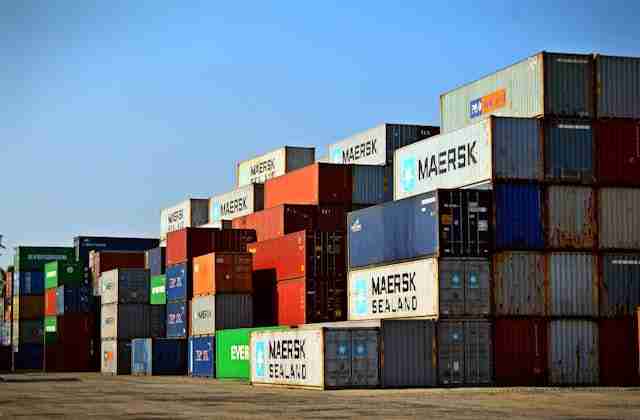Frequently Asked Questions (FAQs) on Logistics and Transportation Software Development:
Q1: What is logistics and transportation software development?
A1: The development of specialized software solutions to meet the unique requirements and difficulties encountered by companies in the logistics and transportation sector is known as logistics and transportation software development. Applications for inventory tracking, fleet management, route optimization, and general operational efficiency are a few examples of these systems.
Q2: Why do logistics and transportation businesses need custom software solutions?
A2: Off-the-shelf software may not be able to fully meet the specialized operational requirements of logistics and transportation organizations. Custom solutions offer features and functionalities that are specifically crafted to improve productivity and efficiency while also aligning with the unique processes, challenges, and goals of these enterprises.
Q3: What key features should logistics and transportation software include?
A3: Route optimization, real-time tracking, inventory management, order processing, scheduling fleet maintenance, document management, and interaction with other business systems like ERP (Enterprise Resource Planning) are some of the key characteristics of logistics and transportation software.
Q4: How does custom software benefit logistics and transportation businesses?
A4: Logistics and transportation companies can get solutions from custom software that are exactly tailored to their specific requirements. It increases data visibility, lowers manual error rates, boosts operational effectiveness, facilitates better decision-making, and eventually lowers costs while raising customer satisfaction.
Q5: Can logistics and transportation software be integrated with existing systems?
A5: Certainly, a well-thought-out logistics and transportation software program ought to be able to integrate with other systems—like third-party apps, ERP, and CRM (Customer Relationship Management)—with ease. Integration makes ensuring that data flows freely between the various business functions.
Q6: How long does it take to develop logistics and transportation software?
A6: The complexity of the solution, necessary features, and project scope can all affect how long it takes to develop logistics and transportation software. Iterative development cycles and testing are usually required, and it could take several weeks to months to make sure the software satisfies the requirements.
Q7: Is logistics and transportation software scalable?
A7: Yes, one of the most important features of transportation and logistics software is scalability. Companies in this sector frequently grow, and as a result, the software should be built to scale easily to handle more users, more data, and more features as the company grows.
Q8: How can logistics software improve supply chain visibility?
A8: Supply chain visibility is improved by logistics software's real-time tracking, inventory management, and data analytics features. Businesses may make educated decisions and take proactive measures to address possible problems by tracking inventory levels, keeping an eye on the flow of goods, and analyzing performance data.
Q9: What security measures are implemented in logistics and transportation software?
A9: Depending on the type of data being handled, security features in logistics and transportation software may include data encryption, secure access controls, frequent security audits, and compliance with industry standards like HIPAA (Health Insurance Portability and Accountability Act) or GDPR (General Data Protection Regulation).
Q10: How can I choose the right development partner for logistics and transportation software?
A10: Selecting the best development partner requires assessing their prior work, client endorsements, industry experience, and communication methods. Seek a partner who is dedicated to comprehending and meeting your unique business demands and has a track record of creating tailored logistics and transportation solutions.


























